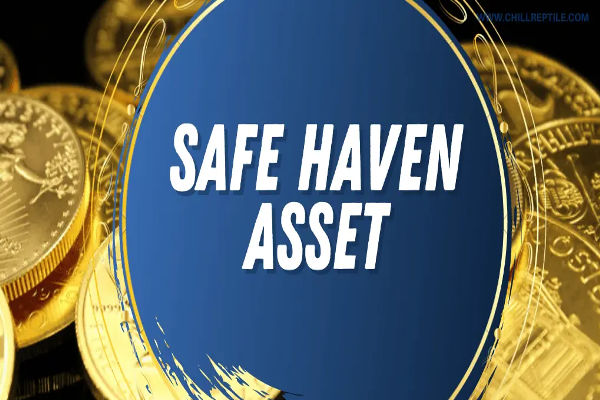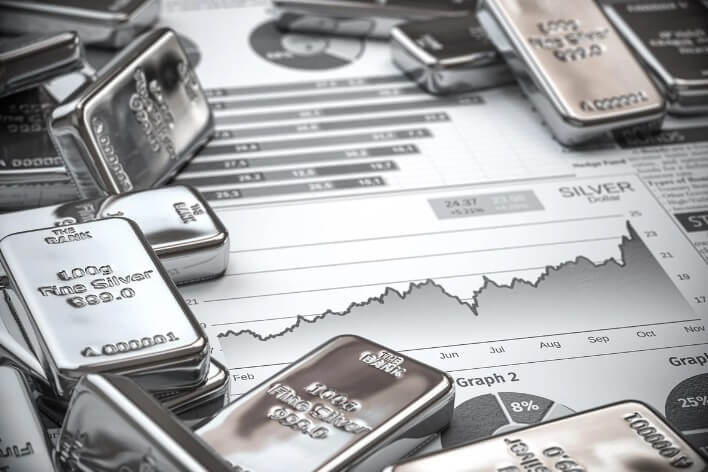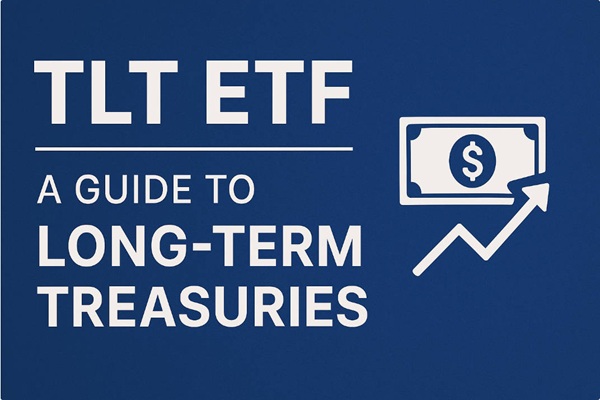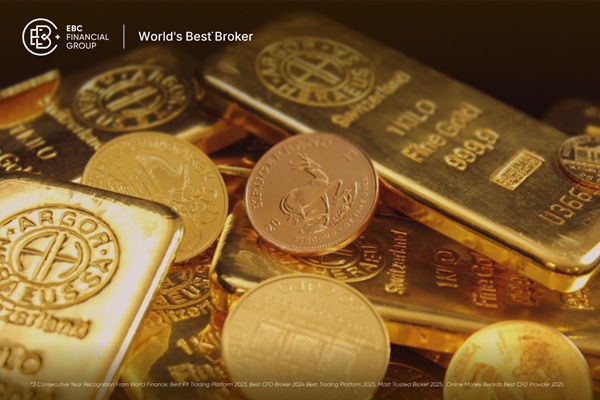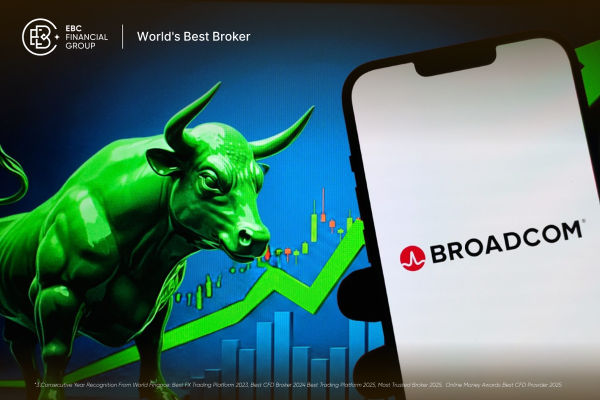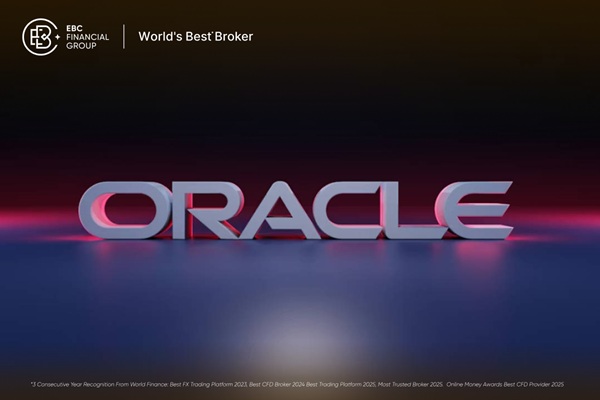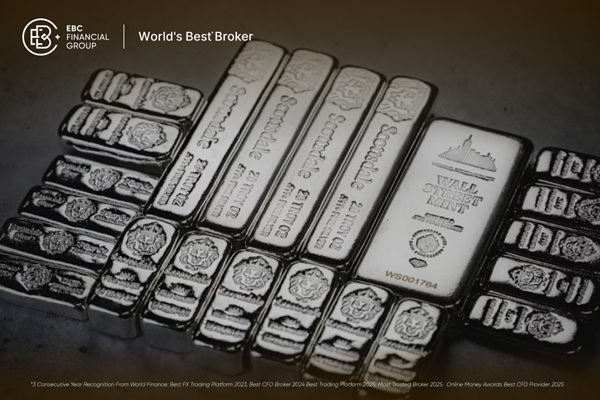In times of financial uncertainty, investors often seek protection for their portfolios. This protection often comes in the form of safe haven assets. These are investments expected to retain or even increase their value during periods of market turmoil.
But what exactly are safe haven assets, and how do they work to offer such protection?
Understanding Safe Haven Assets

Safe haven assets are typically less volatile and more stable compared to other types of investments. Their appeal lies in their ability to maintain value even when economic conditions worsen. Many investors turn to these assets when markets are highly volatile or when economic indicators suggest a downturn. Traditional examples include gold, government bonds, and certain currencies like the Swiss franc.
The effectiveness of safe haven assets depends on the specific economic event or market disruption. While some assets may serve as safe havens during inflationary periods, others might offer better protection during geopolitical crises.
Why Investors Choose Safe Haven Assets
When market sentiment turns negative, many investors instinctively move their capital into safer areas. Safe haven assets provide a psychological as well as a financial refuge. They help investors mitigate potential losses without having to exit the investment landscape entirely.
Investors typically value liquidity, stability, and historical performance when identifying true safe haven assets. Assets that consistently perform well during previous crises are often favoured, though past performance does not guarantee future outcomes.
Types of Safe Haven Assets
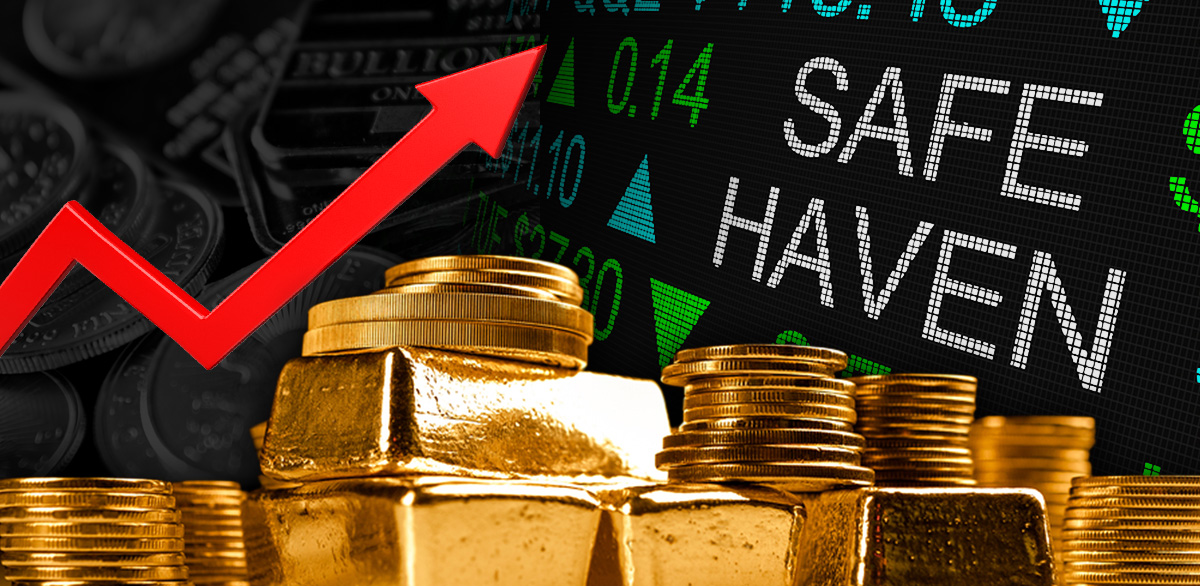
Several categories of safe haven assets have proven popular over the years. Understanding these options helps investors make informed choices.
Gold: Gold is often considered the ultimate safe haven asset. Its value tends to rise during times of market uncertainty or inflation. Unlike paper currencies, gold is a tangible asset that historically retains its value over time.
Government Bonds: Particularly bonds issued by stable governments like the United States or Germany, these offer lower risk and reliable returns. During market downturns, government bonds often become highly sought after.
defensive stocks: Certain sectors like utilities, healthcare, and consumer staples are less sensitive to economic cycles. Shares from these sectors are sometimes treated as safe haven assets.
Currencies: The US dollar and the Swiss franc are prime examples of currencies regarded as safe havens. In times of crisis, these currencies tend to appreciate due to increased demand.
Precious Metals: In addition to gold, metals like silver and platinum are sometimes used as alternative safe haven assets, although they can be slightly more volatile.
How Safe Haven Assets Perform During Market Volatility
The performance of safe haven assets during market downturns often highlights their true value. During the 2008 financial crisis, for instance, gold prices surged while stock markets plummeted. Similarly, the demand for US Treasury bonds spiked as investors sought a reliable income source.
Safe haven assets usually display low or negative correlation with riskier assets like stocks. This means that when the broader market declines, these assets either hold steady or appreciate, providing a stabilising effect on an investment portfolio.
Risks Associated With Safe Haven Assets
It is important to note that safe haven assets are not without their own risks. Prices can still fluctuate due to external factors such as political changes, currency movements, or shifts in global demand. Moreover, during periods of rapid recovery, these assets might underperform compared to riskier investments like equities.
Diversification remains a key strategy. Investors should avoid putting all their resources into safe haven assets and instead maintain a balanced portfolio suited to their risk tolerance and financial goals.
Choosing the Right Safe Haven Assets for Your Portfolio
Selecting the right safe haven assets depends heavily on individual circumstances. Factors like investment horizon, risk appetite, and economic outlook play critical roles. Some investors may prefer gold for its universal appeal, while others might lean towards government bonds for predictable income.
Professional financial advice can also assist investors in identifying suitable safe haven assets tailored to their specific needs. A well-constructed portfolio often includes a strategic mix of both growth-oriented and defensive investments.
The Future of Safe Haven Assets
As global markets evolve, the definition and perception of safe haven assets may also change. Cryptocurrencies like Bitcoin have been increasingly discussed as modern safe havens, although they remain highly volatile compared to traditional assets. It remains to be seen whether digital currencies will ever truly achieve safe haven status.
Meanwhile, conventional options such as gold, government bonds, and defensive stocks continue to dominate. They remain crucial tools for investors aiming to weather financial storms without taking excessive risks.
Conclusion
Understanding safe haven assets is essential for anyone looking to protect their investments against unpredictable market forces. By strategically including these assets in their portfolios, investors can not only preserve capital but also maintain greater peace of mind during times of economic stress.
Safe haven assets are not a one-size-fits-all solution, but their role in reducing overall investment risk is undeniable. Whether through precious metals, stable government bonds, or strong defensive sectors, finding the right safe havens can provide a vital safety net.
Disclaimer: This material is for general information purposes only and is not intended as (and should not be considered to be) financial, investment or other advice on which reliance should be placed. No opinion given in the material constitutes a recommendation by EBC or the author that any particular investment, security, transaction or investment strategy is suitable for any specific person.
